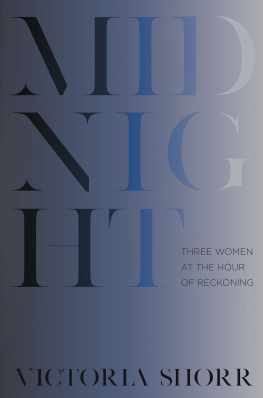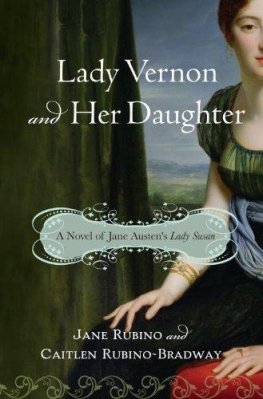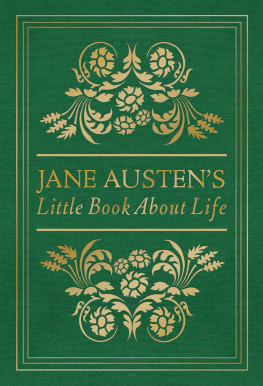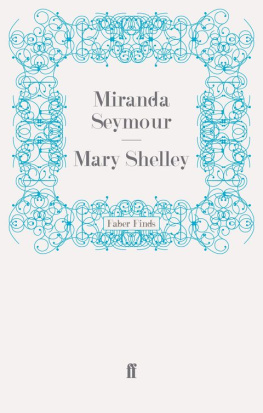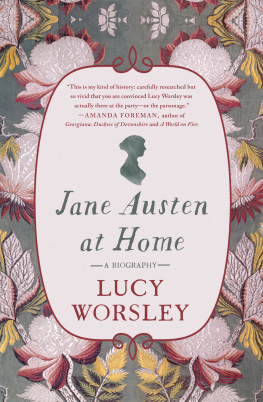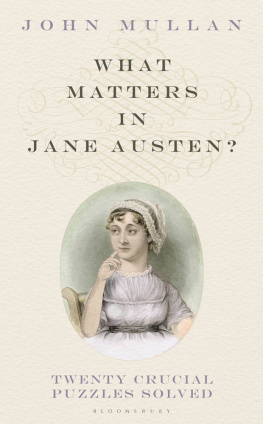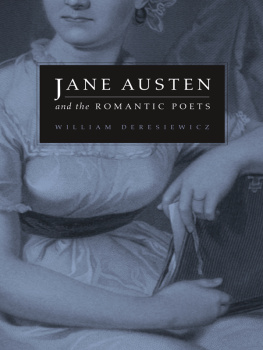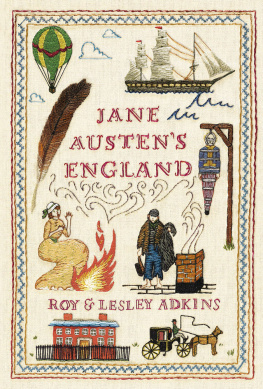Contents

A LSO BY
Victoria Shorr
Backlands: A Novel
MIDNIGHT
Three Women
at the Hour
of Reckoning
VICTORIA SHORR

W. W. Norton & Company
Independent Publishers Since 1923
NEW YORK | LONDON
Copyright 2019 by Victoria Shorr
Joan of Arc in Chains was previously published as Girl X.
Copyright 2000 by V. Shorr
All rights reserved
First Edition
For information about permission to reproduce selections from this book,
write to Permissions, W. W. Norton & Company, Inc.,
500 Fifth Avenue, New York, NY 10110
For information about special discounts for bulk purchases, please contact
W. W. Norton Special Sales at specialsales@wwnorton.com or 800-233-4830
Book design by Marysarah Quinn
Production manager: Beth Steidle
ISBN 978-0-393-65278-9
ISBN: 978-1-324-00147-8 (ebk.)
W. W. Norton & Company, Inc., 500 Fifth Avenue, New York, N.Y. 10110
www.wwnorton.com
W. W. Norton & Company Ltd., 15 Carlisle Street, London W1D 3BS
TO MY Mother
Who always vindicated the Rights of Woman,
and like Joan of Arcs mother, kept the faith
CONTENTS
AUTHORS NOTE
I wrote the Jane Austen piece first and called it Jane Austen at Midnight. Midnight is literal in that case. Jane Austen alone in her room with her candle dripping. Soon to sputter out and leave her in the dark.
But then, as I sat to write the others, that very word, Midnight, the toll of it, came to mean more than an hour on the clock.
It was, rather, the time of reckoning, the moment when ones life stands stark before ones eyes. Sometimes there is a choice, as with Austen and Joan of Arc; sometimes there is simply ones fate, as with Mary Shelley, and the test becomes how one meets it. That time is always midnight, even if the sun is high in the sky.
I.
B leak midwinter, 1802; doubly bleak, as Jane Austen was now essentially homeless. She and her sister, Cassandra, had arrived at Manydown in the snow by borrowed carriage, from a grueling season, with their parents, as houseguests, tossed from relation to relation. Sometimes welcomed, sometimes tolerated, but even when welcomed, when explicitly invited, still seated at what she called the lower end of the table and expected to play cards into the night. To show interest in all, and expect none for herselfin other words, to play the part of unmarried woman without a penny to her name.
Although if shed had a penny, which in this case would have meant an income of at least 200 per year, a figure often mentioned in her novels as minimal for keeping up the lifestyle to which shed been born, she probably wouldnt have been unmarried to begin with. A state of affairs, by the way, that had come upon her both gradually and by surprise, because it wasnt as if Jane Austen had thought herself marked out for spinsterhood. Though she was not a standout beauty, she was no worse than the lot of married ladies, had lively brown eyes, was funny and smart, loved to dance, could sew a fine seam, and came from a family as good as the rest. Her favorite book was Tom Joneswhich seemed to form a backdrop, a sort of laughing, rollicking scenery for her first flirtation, with Tom Lefroy, a boy who was visiting her friends and neighbors, when she was twenty.
He loved Tom Jones, too, she thought worth mentioning in a letter to Cassandra. Meaning that he was both a reader and a rollicker himself, so exactly the kind of man Jane Austen expected to marry.
That she would marry she never doubted. As a teenager, she had tried out a few names in an old parish registry that her father, the parson in the local church, left lying aroundinscribing her engagement first to a Henry Frederic Howard Fitzwilliam of London, and then to an Edmund Arthur William Mortimer of Liverpool. Gentlemen both, they sounded, along the lines of the Austens themselves. Not quite nobility, though capable of rising to it should the chance come, as it did for some of her brothers. As for her, she was prepared, clearly, to take her place in London or Liverpool society as either Mrs. Fitzwilliam or Mrs. Mortimer, although on another line she penned, Jack and Jane Smith, late Austen, followed by, Of God knows where. Already Jane Austen.
S he didnt try out Jane Lefroy, because she was twenty by then. Moreover, as soon as it was noticed that the two of them were dancing together so much, and, when not dancing, sitting together in gales of laughter that evinced, even more dangerous, a meeting of the mindsengaging, in fact, in everything most profligate in the way of dancing and sitting down together, as she would write in the kind of teasing letter with which she would transmute bitterness all her lifethe young man was sent away at once, before Christmas. This was partly to spare the feelings of the young Jane Austen, since there was no way that Tom Lefroy could marry her. She was too poor.
And he, too, had no money, though what he did have were a mother and sister to support. He needed an heiress, and he got one, and went on to become Lord Chief Justice of Ireland, and lived to say that hed liked Jane Austen very much, perhaps even half loved her, with a boyish love. But marry her, no, he couldntnone of them could. She wasnt pretty enough for a man to lose his head over, and she didnt bring enough of anything else to the table.
No title for a rich man, no money for a poor one. Her sister had gotten engagedit has been said that she was prettier. Maybe she was. We have a straight-on sketch of Jane Austen, but only a profile of her sister Cassandra. The only description we have is from some nieces, who laughed at them, the two girls, as the family called them, in their matching caps. Quite dismissive, with no understanding of what it meant to be wearing matching caps. That two caps had to be cut from the one piece of cloth that could be afforded.
Or even what it meant to wear a cap at allthat one had no ladies maid to fix ones hair. That one had to resort instead to the expedient of pulling on a cap. That one was an old maid.
Though before Cassandra Austen was an old maid, she was a fiance, engaged to a lovely young man, who also had no money but had secured a living, as they say in the books of the day, as a country parson. This meant he was attached for life to a village church, chosen and supported by the local nobleman, and given what looks to us today like a very nice house. The problem being that the smaller churches offered salaries too small for a man with a family, so that a parson with a wife had to scrabble together two or three of these livings, which was precisely what Cassandra Austens parson was in the process of doing.
And though no one could have called the match a triumph, still everyone was pleased, and at that point Cassandra had the prospect of a home of her own, much like the one her clergyman father had provided for them growing up, and, if God willed, a happy family. Cheerful if slightly improvident, with lots of rosy-cheeked children and a maid or two to milk the cow and make the beer. A carriage, eventually, if things progressed as they often did.
Which looked to be the case, since the nobleman who supported the fiancs living then invited him to come along as ships chaplain while he went out to the West Indies to suppress a slave rebellion. This boded well for the young mans future, and the Austens took it as a very good sign.
The problem being that there was yellow fever in Saint-Domingue, as Haiti was then called, and he caught it and died. Cassandra Austen got the news months later, by tattered letter. The nobleman who took him out there was sorry. He hadnt known the young man was engaged to be married; if he had, he never would have asked him to come on such a risky mission, he wrote.

